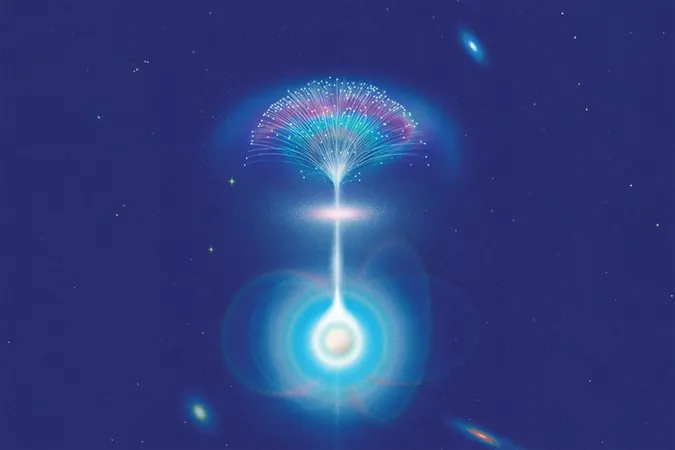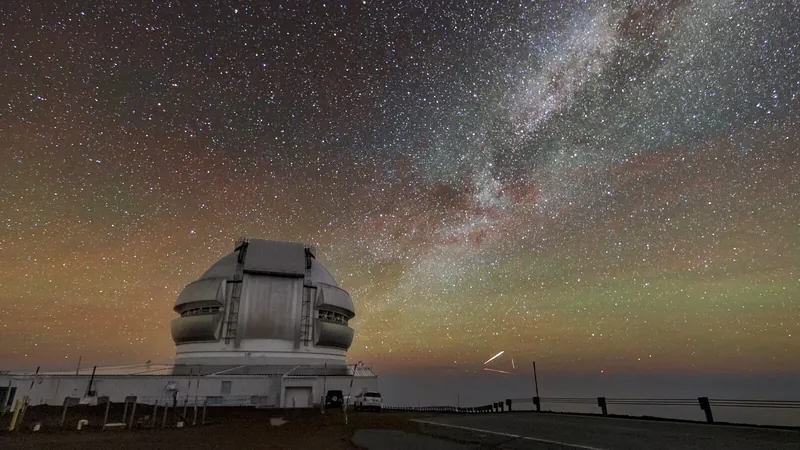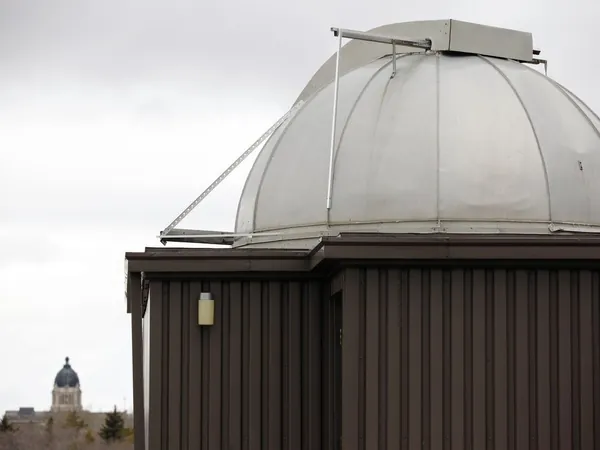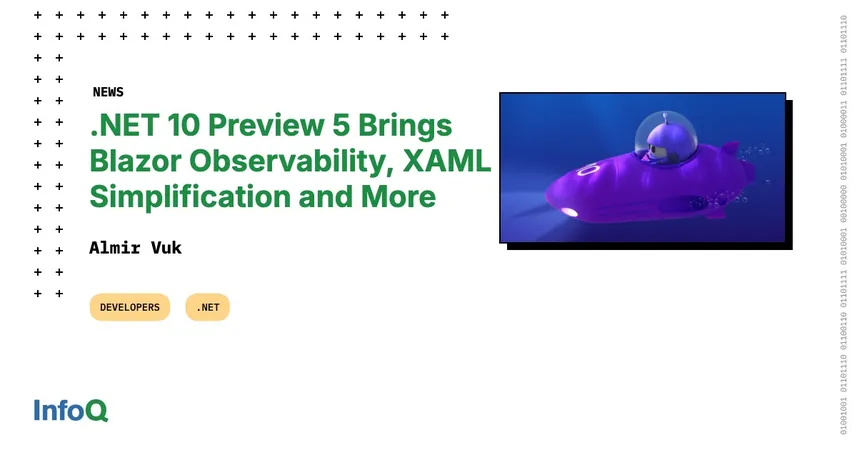
Astronomers Unravel the Secrets of Cosmic Radio Bursts: A Distant Signal's 200-Million-Year Journey!
2025-01-06
Author: William
In an astounding breakthrough, scientists have traced a mysterious radio signal detected in 2022 back to an ultra-dense neutron star situated a staggering 200 million light years away in the far reaches of space.
These enigmatic signals, known as fast radio bursts (FRBs), are brief yet powerful cosmic explosions that can last just a millisecond but possess the energy to outshine entire galaxies. Despite astronomers having cataloged thousands of these events since the first discovery in 2007, the origins and mechanics of these fleeting bursts have remained largely shrouded in mystery.
A recent study published in the prestigious journal *Nature* has centered its focus on a specific FRB, designated as FRB 20221022A, which was first observed in 2022. Researchers from the Massachusetts Institute of Technology (MIT) delved into the characteristics of this radio burst, concluding that it most likely emanated from the magnetosphere—a highly magnetic area surrounding a neutron star.
This groundbreaking research offers the first definitive evidence linking FRBs to the magnetospheres of ultra-compact neutron stars, commonly referred to as magnetars. Lead author of the study, Kenzie Nimmo, stated, "In these environments of neutron stars, the magnetic fields are really at the limits of what the universe can produce." This assertion aligns with previous theories, which suggested that the extreme magnetic forces surrounding neutron stars could tear atoms apart.
Factors contributing to the perplexing nature of FRBs include the scintillation effect, which causes light from luminous sources, like neutron stars, to behave like shimmering stars when viewed from Earth. This phenomenon can distort the perception of distant cosmic objects, granting astronomers valuable clues about the source of these mysterious signals.
When FRB 20221022A was recorded, its light signature lasted just two milliseconds and showcased a remarkable feature: it was highly polarized, with its polarization angle tracing a smooth S-shaped curve—a signature typical of rapidly rotating neutron stars, or pulsars. This led researchers to determine the burst originated from a remarkably small region only 10,000 kilometers from the neutron star's surface.
To illustrate this distance, scientists humorously compared it to the space between New York and Singapore, emphasizing the precision of their measurements from a distance of 200 million light years. Kiyoshi Masui, another author of the study, added, "Zooming into a 10,000-kilometer region, from such a vast distance, is akin to measuring the width of a DNA helix—just 2 nanometers across—on the moon's surface."
These findings pave the way for deeper understanding of the physics behind fast radio bursts, sparking excitement in the scientific community. As research continues, astronomers remain eager to unlock the full potential of these cosmic mysteries, which may eventually help illuminate the nature of the universe itself.
Exciting developments lie ahead in the captivating world of astrophysics, as scientists strive to comprehend the implications of such powerful signals that traveled across the cosmos for eons, tirelessly seeking answers from the stars!









 Brasil (PT)
Brasil (PT)
 Canada (EN)
Canada (EN)
 Chile (ES)
Chile (ES)
 Česko (CS)
Česko (CS)
 대한민국 (KO)
대한민국 (KO)
 España (ES)
España (ES)
 France (FR)
France (FR)
 Hong Kong (EN)
Hong Kong (EN)
 Italia (IT)
Italia (IT)
 日本 (JA)
日本 (JA)
 Magyarország (HU)
Magyarország (HU)
 Norge (NO)
Norge (NO)
 Polska (PL)
Polska (PL)
 Schweiz (DE)
Schweiz (DE)
 Singapore (EN)
Singapore (EN)
 Sverige (SV)
Sverige (SV)
 Suomi (FI)
Suomi (FI)
 Türkiye (TR)
Türkiye (TR)
 الإمارات العربية المتحدة (AR)
الإمارات العربية المتحدة (AR)